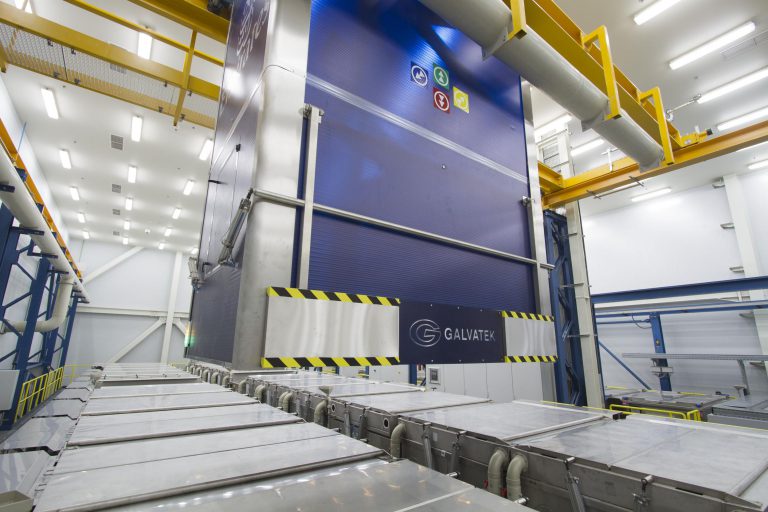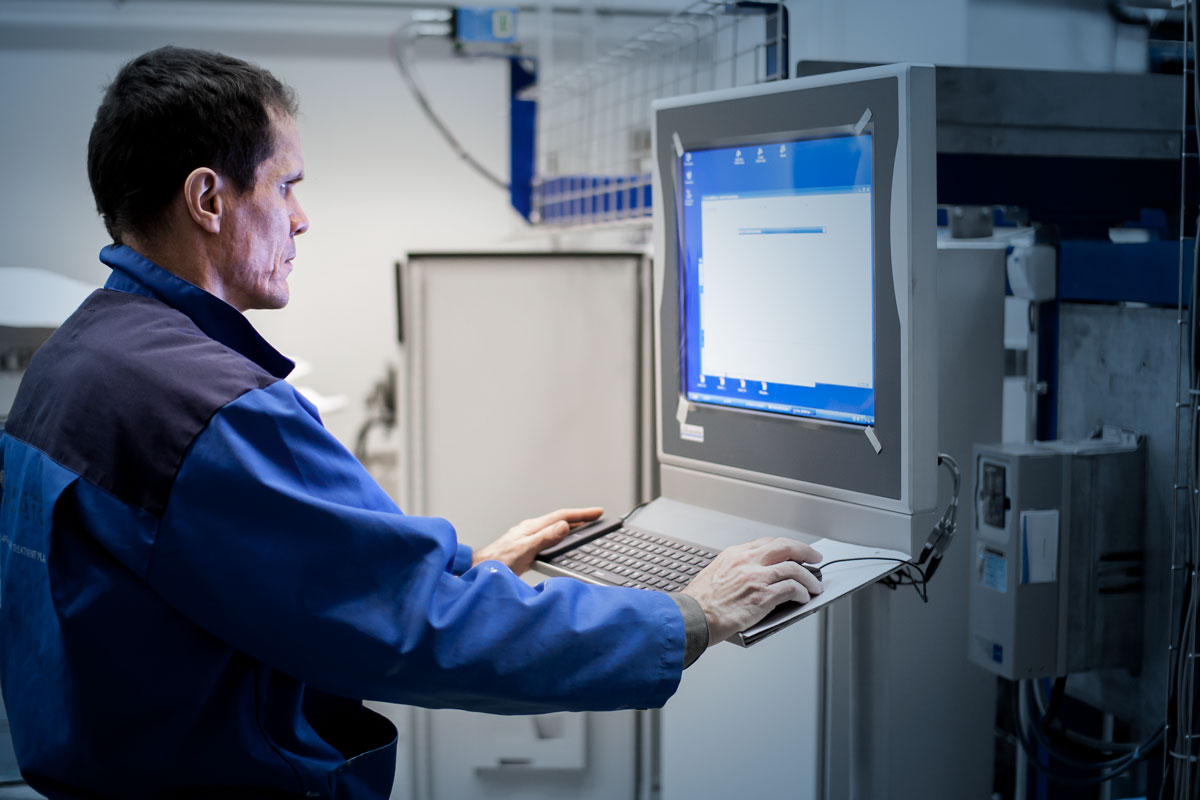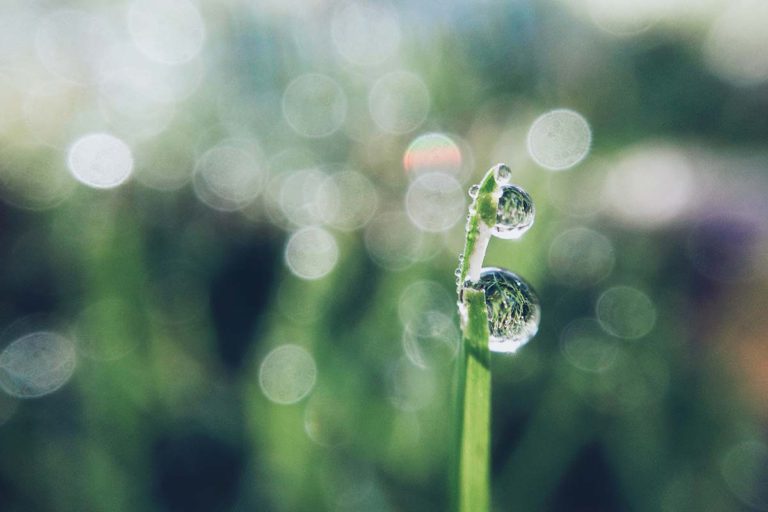Anaphoretic Coating Plants
The design, manufacturing, supply and installation of industrial anaphoretic coating plants.
John Cockerill has been supplying automated anaphoretic coating plants (E-coat) mainly to the aviation industry for over 40 years. Our systems are used by the biggest manufacturers like Airbus. It is easy to fulfill the Nadcap, REACH and other strict aviation requirements with John Cockerill large, automated plants. We offer complete projects from planning and designing all the way to start-up and service during operations.
Typical anophoretic processes
Anophoretic is a process to create a protective 12–20 micrometer layer on the surface of aluminum alloy parts. The processed part itself acts as an anode. After the process, the part has electro-coated paint on the conductor substrate. Increasing the voltage in the process increases the thickness of the layer. Anaphoretic processes typically have faster cycle time and increased production capacity compared to other similar processes.

Typical products for anaphoretic coating
In the aviation industry, anaphoretic surface treatment plants are used for the chemical treatment of aluminum alloy aircraft parts and frame components. Anaphoretic aka E-coating stands very well against adhesion, bending, impacts, scratching, corrosion, humidity, heat, aging, seawater, fire, and UV. Anaphoretic surface treatment is used in the aviation industry as a REACH-compliant process, which doesn´t change the shape of the parts and is thus suitable for parts with complex shapes. The anaphoretic coating is also repairable afterward.
Typical anaphoretic plant
John Cockerill anaphoretic plants are typically fully automated turnkey deliveries that utilize our latest technologies in ventilation, multiple loading/unloading stations, and energy-efficient solutions. John Cockerill anaphoretic plants are always scaled and designed according to the needs of the customer and the maximum product dimensions in the treatment process. Tanks are typically 500–4000 liters in volume for relatively large aerostructures. Plants are manufactured in the EU and assembled on the client’s site.
Process automation
Process automation keeps workers away from dangerous chemicals, keeps the quality consistent, helps reporting to meet aviation standards like NADCAP and enhances efficiency.
John Cockerill Surface Treatment anaphoretic plants have an extremely high level of automation. The automated systems cover both process control and production control by constantly monitoring and adjusting chemical processes while also controlling material handling. As a result, payroll expenses can be reduced by up to 70 percent compared to manually operated plants. Automated plants are also much safer than manually operated plants.


Energy efficiency and environmental friendliness
Every aspect of our plants has been optimized with energy efficiency and environmental friendliness in mind. For example, our closed-circuit evaporation plants produce minimal or no emissions in addition to being tailored to our customers’ needs.
John Cockerill’s meticulous design and production process lengthens the life of the plants even further and minimizes the lifetime running costs. We can guarantee a use-life of several decades for our drive motors and lifting motors, for example.
- Lower electricity consumption
- Minimal or no emissions
- Optimized durability thanks to the best components and precision manufacturing